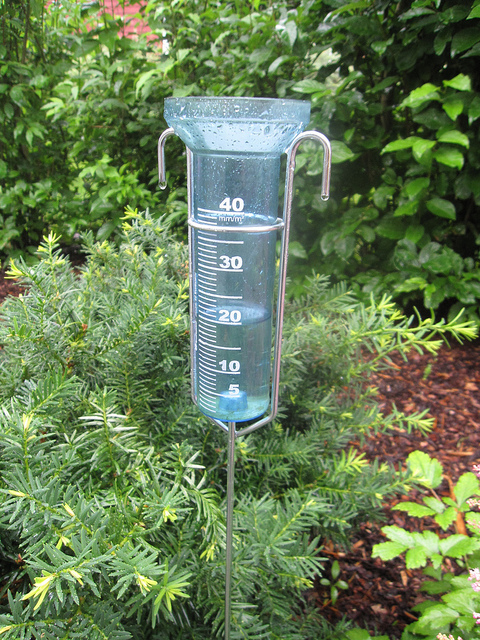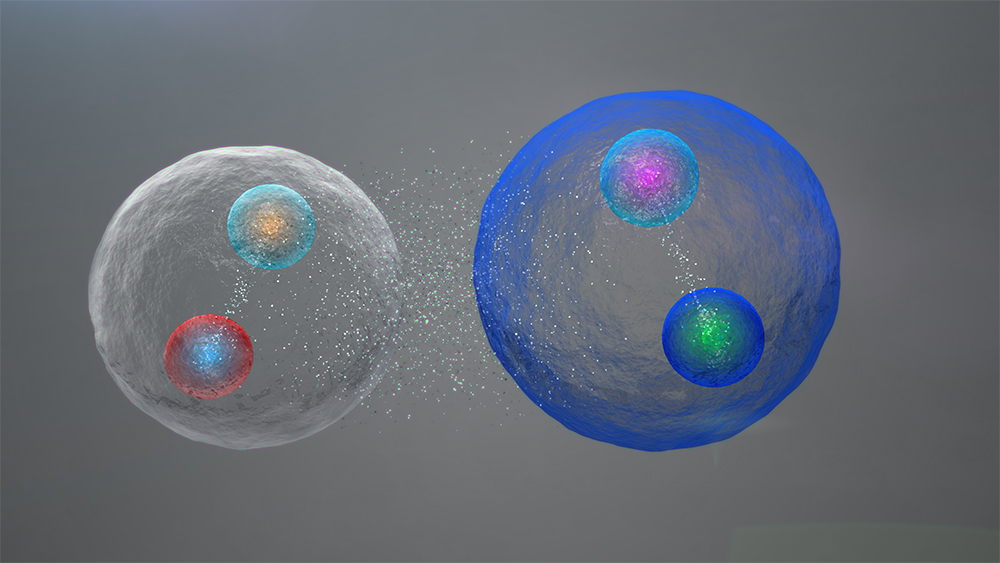“Pitter-patter, pitter-patter,”can you hear the rain?
“Pitter-patter, pitter-patter,” on the window pane.
“Pitter-patter, pitter-patter,” let’s go out to play.
I just love to jump in puddles on a rainy day.
– E.B. (1938 – ) MotherGooseCaboose.
Don’t we all love rain? Sometimes it’s the gentle drizzle with minuscule drops falling on our face that we love to get wet in. Many other times huge blobs of water accompanied by thunder and storm make us run for cover.
Have you ever wondered how does rain form? How does it start to fall from the sky?
Actually the water that falls from the sky is the same water that is present in puddles, lakes, rivers and oceans. How? Sun makes the water on the ground evaporate and rise above to the clouds. Water vapour in the clouds cools down and becomes water again. This water is stored in clouds in a process called condensation. Now there comes a point where the clouds become so full of water that they can’t hold it anymore. Then the water falls down in the form of rain. This process is also known as the water cycle. Do you know what a rainy season is usually called? Monsoon! And do you know that scientists suspect that it rains on other planets as well? Only that there it is thought to be made up of deadly chemicals like methane, neon, sulfuric acid or even iron!
The amount of rain fall is measured using an instrument called rain gauge. Rain is measured in depth/height of water collected per unit time. This is typically in millimeters per hour. The highest rainfall ever recorded in the world is at Lloró, a town situated in Chocó, Colombia. The wettest place on earth is Cherrapunji, a small town tucked in southern slopes of the Eastern Himalaya in Shillong, India.

While rain is the most common form in which the water falls from the sky, it is not the only one. Have you ever heard of snow falling in cold places? Heard stories about snowy Christmas? Snow crystals form when tiny super cooled droplets of water freeze. Snow is made up of small, soft ice particles of numerous beautiful shapes. Hail is another form of water falling from the sky. They are like packed balls of ice. Hail has a can be as small as 5 mm in diameter or can be as big as a size of a golf ball!! In the latter case, hailstorms with can quite damaging and dangerous. A translucent ice ball usually smaller than hail is known as a snow pellet. Sleet is referred to rain containing partial mix of snow and water. This happens when snow melts as it falls.
Conserving the rain water is becoming very important these days. Ever heard of Rain Water Harvesting? Read more about it here.
So much talk about rain that we feel like asking you a rain riddle. Guess what often falls but never gets hurt?
RAIN ;)





Leave a Reply